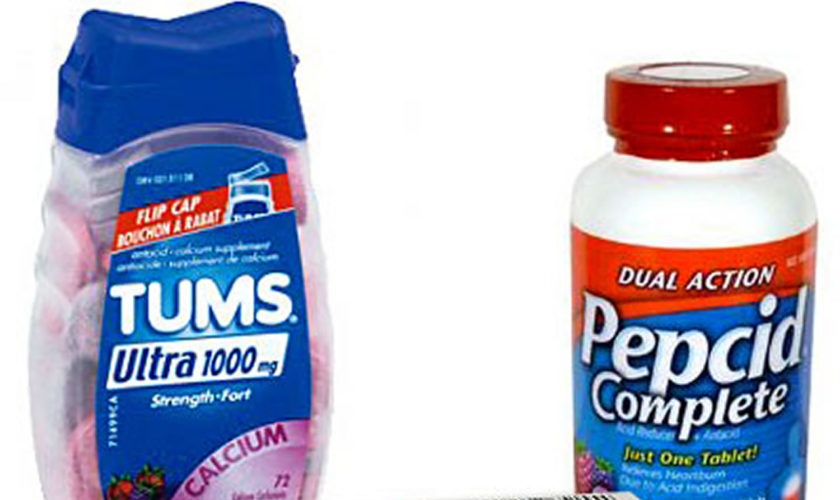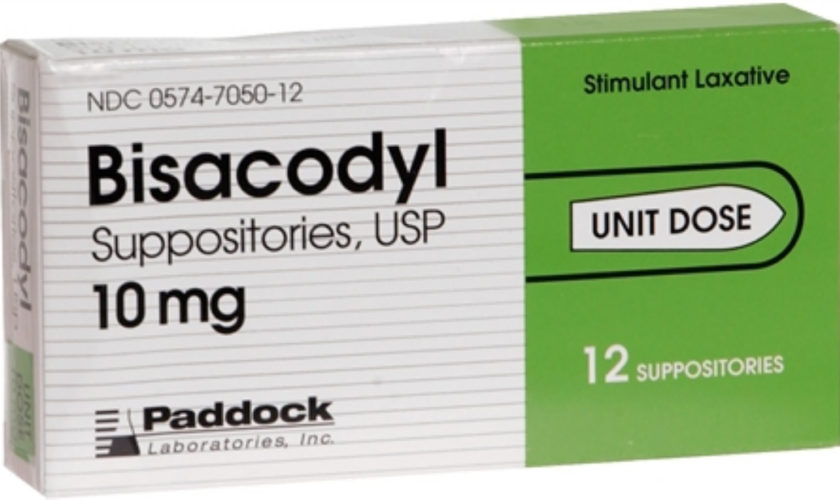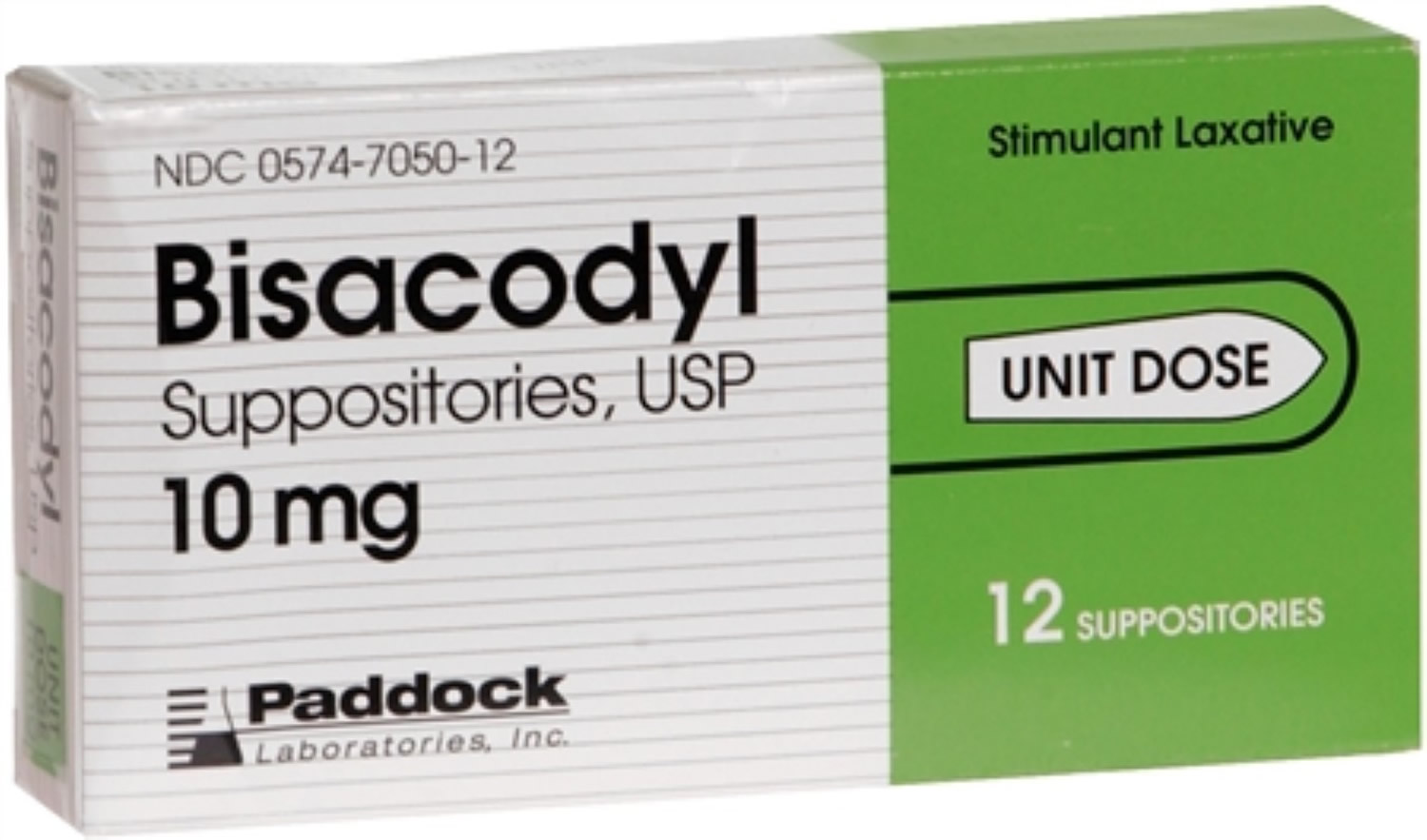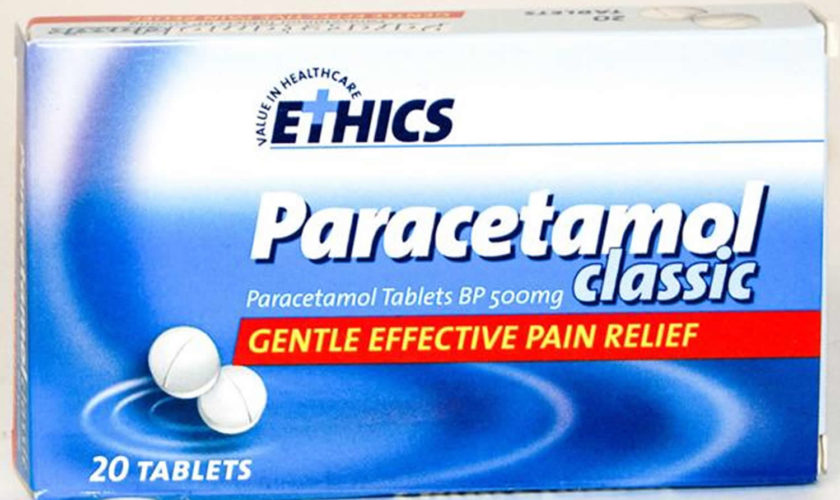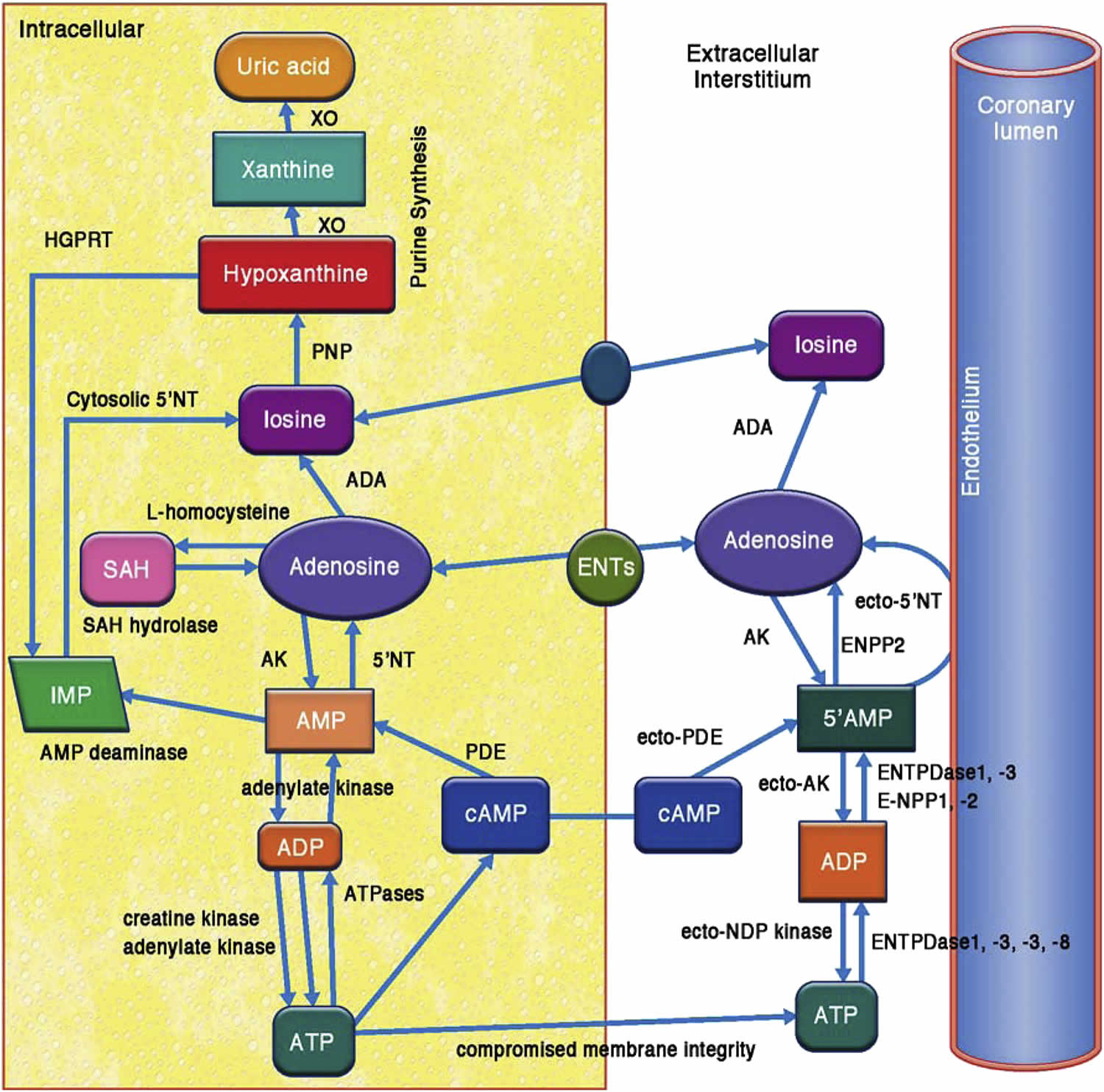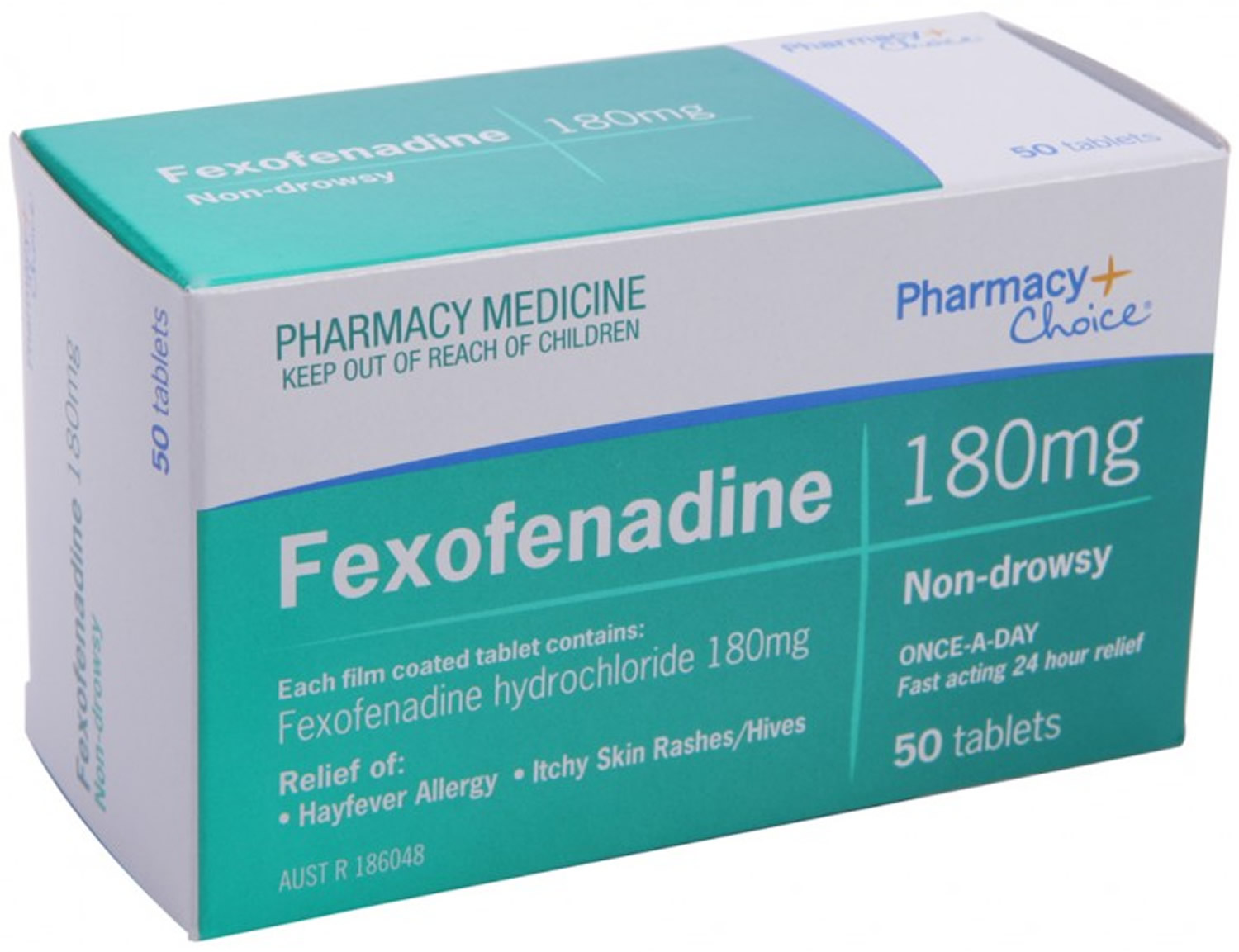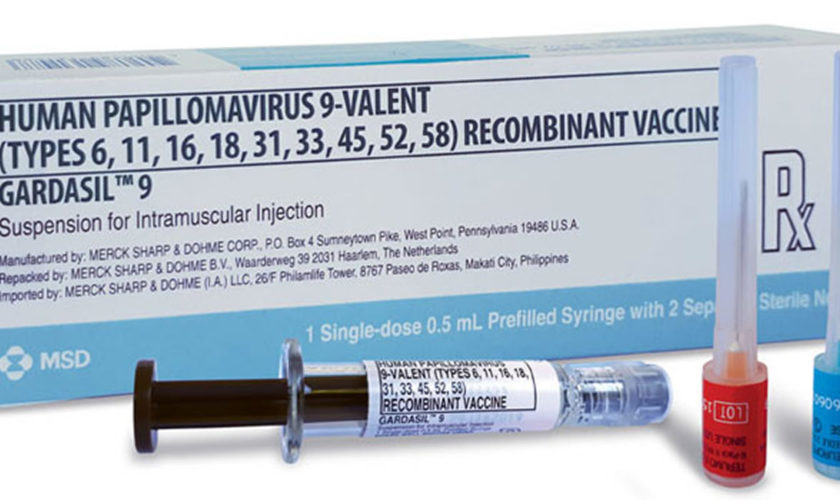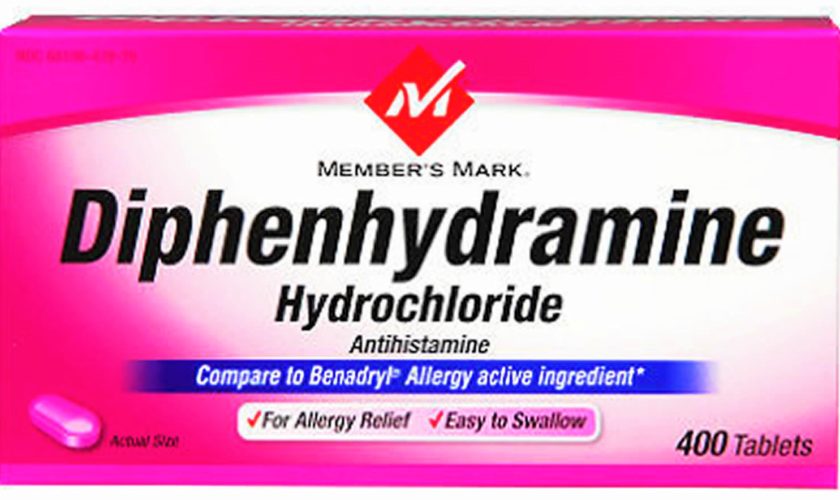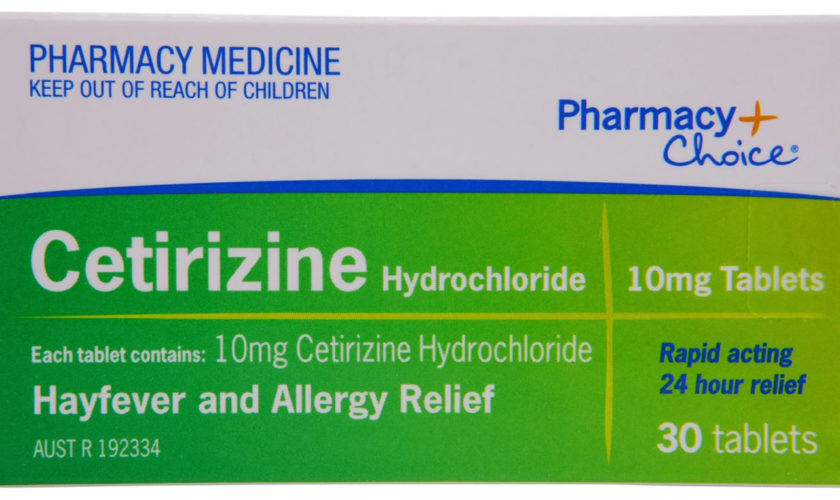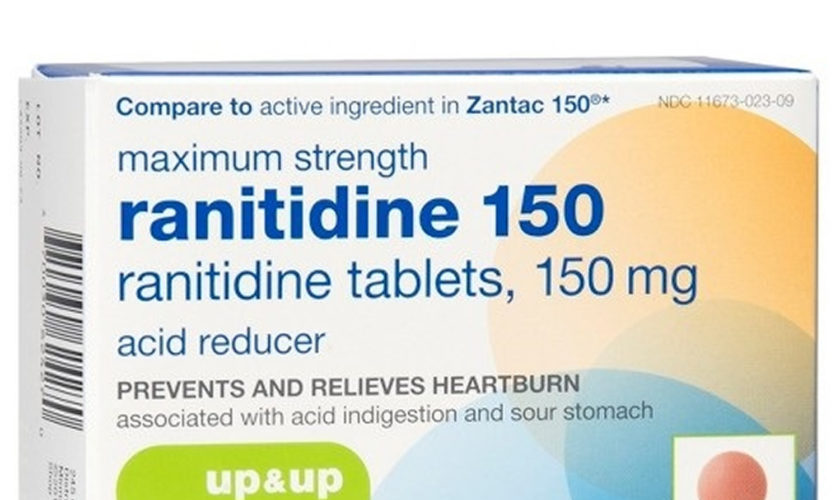What is antacid medicine
Antacids are medicines that counteract (neutralize) the acid in your stomach to relieve indigestion and heartburn. Antacids help to treat heartburn (indigestion). Antacids come as a liquid, powder or chewable tablets. Liquid antacid works faster, but you may like tablets because they are easy to use. You can buy many antacids without a prescription from pharmacies and shops.
All antacids work equally well, but they can cause different side effects. If you use antacids often and have problems with side effects, talk with your health care provider.
Common types of antacids
Many different types of antacid are available. Some are sold under a brand name and others are named after their main ingredient.
Antacid ingredients to look for include:
- Aluminium hydroxide
- Magnesium carbonate
- Magnesium trisilicate
- Magnesium hydroxide
- Calcium carbonate
- Sodium bicarbonate
Some antacids also contain other medicines, such as an alginate (which coats your gullet with a protective layer) and simeticone (which reduces flatulence).
Antacids are made with 3 basic ingredients. You may have side effects from taking antacids. If you have problems, try another brand.
- Brands with magnesium may cause diarrhea.
- Brands with calcium or aluminum may cause constipation.
- Rarely, brands with calcium may cause kidney stones or other problems.
- If you take large amounts of antacids that contain aluminum, you may be at risk for calcium loss, which can lead to weak bones (osteoporosis).
Antacids can change the way your body absorbs the other medicines you are taking. It is best to take any other medicine either 1 hour before or 4 hours after you take antacids.
Sodium bicarbonate
Sodium bicarbonate comes as a tablet and powder to take by mouth. Sodium bicarbonate is taken one to four times a day, depending on the reason you take it. Follow the directions on your prescription label carefully, and ask your doctor or pharmacist to explain any part you do not understand. Take sodium bicarbonate exactly as directed. Do not take more or less of it or take it more often than prescribed by your doctor.
If you are using sodium bicarbonate as an antacid, it should be taken 1 to 2 hours after meals, with a full glass of water. If you are using sodium bicarbonate for another reason, it may be taken with or without food. Do not take sodium bicarbonate on an overly full stomach.
Dissolve sodium bicarbonate powder in at least 4 ounces (120 milliliters) of water. Measure powdered doses carefully using a measuring spoon.
- Do not use sodium bicarbonate for longer than 2 weeks unless your doctor tells you to. If sodium bicarbonate does not improve your symptoms, call your doctor.
- Do not give sodium bicarbonate to children under 12 years of age unless your doctor tells you to.
What special precautions should I follow?
Before taking sodium bicarbonate:
- tell your doctor and pharmacist what prescription and nonprescription medications you are taking, especially other antacids, aspirin or aspirin-like medicines, benzodiazepines, flecainide (Tambocor), iron, ketoconazole (Nizoral), lithium (Eskalith, Lithobid), methenamine (Hiprex, Urex), methotrexate, quinidine, sulfa-containing antibiotics, tetracycline (Sumycin), or vitamins. Take sodium bicarbonate at least 2 hours apart from other medicines.
- tell your doctor if you have or have ever had high blood pressure, congestive heart failure, or kidney disease or if you have recently had bleeding in your stomach or intestine.
- tell your doctor if you are pregnant, plan to become pregnant, or are breast-feeding. If you become pregnant while taking sodium bicarbonate, call your doctor.
What special dietary instructions should I follow?
Sodium bicarbonate increases the amount of sodium in your body. If you are on a sodium-restricted diet, check with your doctor before taking sodium bicarbonate.
What should I do if I forget a dose?
If your doctor has told you to take sodium bicarbonate on a certain schedule, take the missed dose as soon as you remember it. However, if it is almost time for the next dose, skip the missed dose and continue your regular dosing schedule. Do not take a double dose to make up for a missed one.
What side effects can sodium bicarbonate cause?
Sodium bicarbonate may cause side effects. Tell your doctor if any of these symptoms are severe or do not go away:
- increased thirst
- stomach cramps
- gas
If you have any of the following symptoms, stop taking sodium bicarbonate and call your doctor immediately:
- severe headache
- nausea
- vomit that resembles coffee grounds
- loss of appetite
- irritability
- weakness
- frequent urge to urinate
- slow breathing
- swelling of feet or lower legs
- bloody, black, or tarry stools
- blood in your urine
Aluminum Hydroxide and Magnesium Hydroxide
Aluminum Hydroxide and Magnesium Hydroxide are antacids used together to relieve heartburn, acid indigestion, and upset stomach. Aluminum Hydroxide and Magnesium Hydroxide may be used to treat these symptoms in patients with peptic ulcer, gastritis, esophagitis, hiatal hernia, or too much acid in the stomach (gastric hyperacidity). Aluminum Hydroxide and Magnesium Hydroxide combine with stomach acid and neutralize it. Aluminum Hydroxide, Magnesium Hydroxide are available without a prescription.
Aluminum Hydroxide and Magnesium Hydroxide comes as a chewable tablet and liquid to take by mouth. Chew tablets thoroughly; do not swallow them whole. Drink a full glass of water after taking the tablets. Shake the oral liquid well before each use to mix the medicine evenly. The liquid may be mixed with water or milk.
Follow the directions on the package label or on your prescription label carefully, and ask your doctor or pharmacist to explain any part you do not understand. Take Aluminum Hydroxide, Magnesium Hydroxide antacids exactly as directed. Do not take more or less of it or take it more often than prescribed by your doctor. Do not take antacids for more than 1 to 2 weeks unless prescribed by your doctor.
What special precautions should I follow?
Before taking Aluminum Hydroxide and Magnesium Hydroxide antacids:
- tell your doctor and pharmacist if you are allergic to Aluminum Hydroxide, Magnesium Hydroxide antacids or any other drugs.
- tell your doctor and pharmacist what prescription and nonprescription medications you are taking, especially aspirin, cinoxacin (Cinobac), ciprofloxacin (Cipro), digoxin (Lanoxin), diazepam (Valium), enoxacin (Penetrex), ferrous sulfate (iron), fluconazole (Diflucan), indomethacin, isoniazid (INH), itraconazole (Sporanox), ketoconazole (Nizoral), levofloxacin (Levaquin), lomefloxacin (Maxaquin), nalidixic acid (NegGram), norfloxacin (Noroxin), ofloxacin (Floxin), sparfloxacin (Zagam), tetracycline (Achromycin, Sumycin), and vitamins. If your doctor tells you to take antacids while taking these medications, do not take them within 2 hours of taking an antacid.
- tell your doctor if you have or have ever had kidney disease.
- tell your doctor if you are pregnant, plan to become pregnant, or are breast-feeding. If you become pregnant while taking Aluminum Hydroxide, Magnesium Hydroxide antacids, call your doctor.
What special dietary instructions should I follow?
If you are taking this medication for an ulcer, follow the diet prescribed by your doctor carefully.
What should I do if I forget a dose?
If you are taking scheduled doses of Aluminum Hydroxide and Magnesium Hydroxide, take the missed dose as soon as you remember it. However, if it is almost time for the next dose, skip the missed dose and continue your regular dosing schedule. Do not take a double dose to make up for a missed one.
What side effects can aluminum hydroxide and magnesium hydroxide cause?
Side effects from Aluminum Hydroxide, Magnesium Hydroxide are not common. To avoid the chalky taste, take with water or milk. Tell your doctor if any of these symptoms are severe or do not go away:
- diarrhea
- constipation
- loss of appetite
- unusual tiredness
- muscle weakness
When to use antacids
Antacids are a good treatment for heartburn that occurs once in a while. Take antacids about 1 hour after eating or when you have heartburn. If you are taking them for symptoms at night, DO NOT take them with food.
Antacids may help if you have:
- Indigestion
- Heartburn or acid reflux – also known as gastro-esophageal reflux disease (GERD)
- Stomach ulcer
- Gastritis (inflammation of the stomach lining)
They can quickly relieve your symptoms for a few hours. But they don’t treat the underlying cause and long-term use isn’t recommended.
Speak to your doctor if you find you need to take antacids regularly.
Antacids cannot treat more serious problems, such as appendicitis, a stomach ulcer, gallstones, or bowel problems.
Talk to your provider if you have:
- Pain or symptoms that do not get better with antacids
- Symptoms every day or at night
- Nausea and vomiting
- Bleeding in your bowel movements or darkened bowel movements
- Bloating or cramping
- Pain in your lower belly, on your side, or in your back
- Diarrhea that is severe or does not go away
- Fever with your belly pain
- Chest pain or shortness of breath
- Trouble swallowing
- Weight loss that you cannot explain
Call your provider if you need to use antacids on most days.
Who may not be able to take antacids
Antacids are safe for most people to take, although they aren’t suitable for everyone.
Speak to a pharmacist or your doctor for advice first if you:
- are pregnant or breastfeeding – most antacids are considered safe to take while pregnant or breastfeeding, but always get advice first
- are looking for a medicine for a child under 12 years of age – some antacids are not recommended for children
- have liver disease, kidney disease or heart failure – some antacids may not be safe if you have one of these problems
- have an illness that means you need to control how much salt (sodium) is in your diet, such as high blood pressure or cirrhosis (liver scarring) – some antacids contain high levels of sodium, which could make you unwell
- are taking other medicines – antacids can interfere with other medications and may need be avoided or taken at a different time
Antacid and pregnancy
Heartburn occurs in up to 80% of pregnant women by the end of the third trimester 1. Antacids containing aluminum, calcium, or magnesium are often considered first-line treatment in pregnancy. However, at high doses, antacids containing calcium can cause milk-alkali syndrome 2 and antacids with aluminum can cause neurotoxicity. Selective histamine H2 blockers (e.g., cimetidine, famotidine, ranitidine) have been used in all trimesters with no known teratogenic effects. In a meta-analysis of 2,398 women taking H2 blockers, the odds ratio (OR) for congenital malformations was 1.14 3. An odds ratio (OR) is a measure of association between an exposure and an outcome. The odds ratio (OR) represents the odds that an outcome will occur given a particular exposure, compared to the odds of the outcome occurring in the absence of that exposure. Odds ratio>1 means the exposure is associated with higher odds of outcome. Odds ratio<1 means the exposure is associated with lower odds of outcome. Odds ratio=1 means the exposure does not affect odds of outcome 4.
Proton pump inhibitors recently became available OTC (over-the-counter). Although concerns have been raised about the potential teratogenicity of omeprazole (Prilosec), multiple large cohort studies have demonstrated its safety when taken before conception and during the first trimester 5. In a meta-analysis of 1,530 infants exposed to proton pump inhibitors, the odds ratio for congenital malformations was 1.12 overall and 1.17 for omeprazole alone, and there was no increased risk of preterm birth or spontaneous abortion 6. In another study of proton pump inhibitor use in the first trimester (n = 5,082), the odds ratio (OR) for birth defects was 1.10. Proton pump inhibitors and H2 blockers are considered safe in pregnancy 7.
Diarrhea and constipation are common during pregnancy. Products containing bismuth, mineral oil, and castor oil should be avoided. Bismuth itself is safe, but it has the same risks as aspirin when combined with salicylate 8. In a study of 89 women, loperamide (Imodium) did not increase the risk of malformation, but was associated with smaller infants 9. However, in a later study of 638 women, loperamide had an odds ratio of 1.43 for congenital malformations. Although the American Gastroenterological Association considers loperamide to be low risk, it should be avoided when possible until further information is available 10. Saline laxatives may cause electrolyte sodium retention and should be used sparingly 11. Polyethylene glycol 3350 (Miralax) has minimal systemic absorption and is considered the drug of choice for chronic constipation despite a lack of research 11. Table 1 summarizes the safety of OTC antacids, antidiarrheals, and laxatives in pregnancy.
Table 1. Safety of Over-the-Counter Antacids, Antidiarrheals, and Laxatives in Pregnancy
| Medication | Drug class | Pregnancy risk category* | Crosses the placenta? | Use in pregnancy |
|---|---|---|---|---|
Cimetidine (Tagamet) | Selective histamine H2 antagonist | B | Yes | Potential weak antiandrogenic activity (only observed in animal studies) |
Famotidine (Pepcid) | Selective H2 antagonist | B | Yes | Limited human data |
Nizatidine (Axid) | Selective H2 antagonist | B | Yes | Limited human data |
Ranitidine (Zantac) | Selective H2 antagonist | B | Yes | May be preferable to cimetidine for chronic use |
Omeprazole (Prilosec) | Proton pump inhibitor | C† | Yes | Most human data suggest it is safe throughout pregnancy |
Aluminum hydroxide | Antacid | Not available | Not known | Considered safe in pregnancy; risk of neurotoxicity with high doses |
Calcium carbonate | Antacid | Not available | Yes | Drug of choice; risk of milk-alkali syndrome with high doses |
Magnesium hydroxide, magnesium carbonate | Antacid | Not available | Not known | Considered safe in pregnancy; magnesium may cause tocolysis in late pregnancy, but this is not a risk with over-the-counter preparations |
Simethicone (available as a single agent and contained in multiple combination antacids) | Antiflatulent | C | No | Limited data; not absorbed, so considered safe in pregnancy |
Bismuth subsalicylate (Pepto-Bismol) | Antidiarrheal | C | Not known | Insufficient data; should be avoided during pregnancy, especially in the second and third trimesters because it has a salicylate portion‡ |
Loperamide (Imodium) | Antidiarrheal | C | Not known | Limited human data; questionable association with cardiovascular defects |
Mineral oil | Emollient laxative | C | No (not absorbed) | Should be avoided in pregnancy, may interfere with absorption of fat-soluble vitamins§ |
Castor oil | Laxative/oxytocic | X | Not known | Should be avoided in pregnancy, potential for maternal/fetal morbidity |
Polyethylene glycol 3350 (Miralax) | Osmotic laxative | C | Not known | Drug of choice for chronic constipation |
FDA = U.S. Food and Drug Administration.
*—Based on pregnancy risk category definitions from the FDA (Table 2) and other sources.
†—Proton pump inhibitors as a class are rated FDA category B, including esomeprazole (Nexium), rabeprazole (Aciphex), and lansoprazole (Prevacid), based largely on animal data, which do not suggest any fetal risk; human data are limited.
‡—Hydrolyzes into bismuth salts and sodium salicylate in the intestinal tract. Sodium salicylate is not thought to suppress platelet function like the salicylate moiety found in aspirin; however, given the concerns over potential fetal toxicity from chronic salicylate exposure, avoidance in the latter half of pregnancy may be prudent.
§—The American Gastroenterological Association recommends avoidance presumably because of the risk of neonatal coagulopathy and hemorrhage arising from interference with maternal vitamin K absorption.
Table 2. U.S. Food and Drug Administration Pregnancy Risk Categories for Medications
| Category | Definition |
|---|---|
A | Controlled studies in pregnant women fail to demonstrate a risk to the fetus in the first trimester, there is no evidence of risk in later trimesters, and the possibility of fetal harm appears remote. |
B | Either animal-reproduction studies have not demonstrated a fetal risk but there are no controlled studies in pregnant women, or animal-reproduction studies have shown an adverse effect (other than a decrease in fertility) that was not confirmed in controlled studies in women in the first trimester (and there is no evidence of a risk in later trimesters). |
C | Either studies in animals have revealed adverse effects on the fetus (teratogenic or embryocidal or other) and there are no controlled studies in women, or studies in women and animals are not available. Drugs should be given only if the potential benefit justifies the potential risk to the fetus. |
D | There is positive evidence of human fetal risk, but the benefits from use in pregnant women may be acceptable despite the risk (e.g., if the drug is needed in a life-threatening situation or for a serious disease for which safer drugs cannot be used or are ineffective). |
X | Studies in animals or humans have demonstrated fetal abnormalities or there is evidence of fetal risk based on human experience, or both, and the risk of the use of the drug in pregnant women clearly outweighs any possible benefit. The drug is contraindicated in women who are or may become pregnant. |
Footnote: The Food and Drug Administration (FDA) in 2014 removed the pregnancy categories A, B, C, D, and X from all human prescription drug and biological product labeling 18. The pregnancy letter categories – A, B, C, D and X will be replaced by a narrative risk summary based on available data. The Food and Drug Administration (FDA) final rule requires that the labeling include a summary of the risks of using a drug during pregnancy and lactation, a discussion of the data supporting that summary, and relevant information to help health care providers make prescribing decisions and counsel women about the use of drugs during pregnancy and lactation.
Antacid uses
Check the instructions on the packet or leaflet to see how much antacid to take and how often. This depends on the exact medicine you’re taking.
Antacids should be used when you have symptoms or think you will get them soon – for most people, the best time to take them is with or soon after meals, and just before going to bed.
Remember that doses for children may be lower than for adults.
Contact your doctor or pharmacist if you take too much of the medicine and start to feel unwell.
Taking antacids with food, alcohol and other medicines
It’s best to take antacids with food or soon after eating because this is when you’re most likely to get indigestion or heartburn. However, if you are taking them for symptoms at night, DO NOT take them with food.
The effect of the antacid medicine may also last longer if taken with food.
Antacids can affect how well other medicines work, so don’t take other medicines within two to four hours of taking an antacid.
You can drink alcohol while taking antacids, but alcohol can irritate your stomach and make your symptoms worse.
Antacid side effects
Antacids don’t usually have many side effects if they’re only taken occasionally and at the recommended dose.
But sometimes antacids can cause:
- diarrhea or constipation
- flatulence (wind)
- stomach cramps
- feeling sick or vomiting
These should pass once you stop taking the medicine.
Speak to a pharmacist or your doctor if they don’t improve or are troublesome. You may need to switch to another medicine.
Talk to your provider or pharmacist before taking antacids on a regular basis if:
- You have kidney disease, high blood pressure, or heart disease.
- You are on a low-sodium diet.
- You are already taking calcium.
- You are taking other medicines every day.
- You have had kidney stones.
If you experience a serious side effect, you or your doctor may send a report to the Food and Drug Administration’s (FDA) MedWatch Adverse Event Reporting program online (https://www.fda.gov/Safety/MedWatch/default.htm).
Calcium carbonate with magnesium overdose
The combination of calcium carbonate and magnesium is commonly found in antacids. These medicines provide heartburn relief.
Calcium carbonate with magnesium overdose occurs when someone takes more than the normal or recommended amount of medicine that contains these ingredients. The overdose may be by accident or on purpose.
This is for information only and not for use in the treatment or management of an actual overdose. DO NOT use it to treat or manage an actual overdose. If you or someone you are with overdoses, call your local emergency number, or your local poison center can be reached directly by calling the national toll-free Poison Help hotline (1-800-222-1222) from anywhere in the United States.
This national hotline number will let you talk to experts in poisoning. They will give you further instructions.
This is a free and confidential service. All local poison control centers in the United States use this national number. You should call if you have any questions about poisoning or poison prevention. It does NOT need to be an emergency. You can call for any reason, 24 hours a day, 7 days a week.
Poisonous Ingredient
Calcium carbonate and magnesium
Where found
Calcium carbonate with magnesium is found in many (but not all) antacids, including the following brands:
- Maalox
- Mylanta
- Rolaids
- Tums
Other antacids may also contain calcium carbonate and magnesium.
Symptoms of calcium carbonate and magnesium overdose
Symptoms of an overdose of calcium carbonate and magnesium include:
- Bone pain (from chronic overuse)
- Constipation
- Decreased reflexes
- Diarrhea
- Dry mouth
- Irregular heartbeat
- Poor balance
- Shallow, rapid breathing
- Skin flushing
- Stupor (lack of alertness)
Home Care
Seek medical help right away. DO NOT make a person throw up unless poison control or a health care provider tells you to.
Before Calling Emergency
Have this information ready:
- Person’s age, weight, and condition
- Name of the product (ingredients and strength, if known)
- Time it was swallowed
- Amount swallowed
- If the medicine was prescribed for the person
What to Expect at the Emergency Room
Take the container with you to the hospital, if possible.
The provider will measure and monitor the person’s vital signs, including temperature, pulse, breathing rate, and blood pressure. Symptoms will be treated. The person may receive:
- Activated charcoal
- Blood and urine tests
- Breathing support, including oxygen and a tube through the mouth into the lungs
- Chest (and possibly stomach) x-ray
- ECG (electrocardiogram, or heart tracing)
- Intravenous fluids (given through a vein)
- Laxative
- Medicine to treat symptoms
Outlook (Prognosis)
With proper medical treatment, most people recover completely.
Death can occur from serious heart rhythm disturbances.
References- Over-the-Counter Medications in Pregnancy. Am Fam Physician. 2014 Oct 15;90(8):548-555. https://www.aafp.org/afp/2014/1015/p548.html
- Law R, Maltepe C, Bozzo P, Einarson A. Treatment of heartburn and acid reflux associated with nausea and vomiting during pregnancy. Can Fam Physician. 2010;56(2):143–144.
- Gill SK, O’Brien L, Koren G. The safety of histamine 2 (H2) blockers in pregnancy: a meta-analysis. Dig Dis Sci. 2009;54(9):1835–1838.
- Szumilas M. Explaining Odds Ratios. Journal of the Canadian Academy of Child and Adolescent Psychiatry. 2010;19(3):227-229. https://www.ncbi.nlm.nih.gov/pmc/articles/PMC2938757/
- Majithia R, Johnson DA. Are proton pump inhibitors safe during pregnancy and lactation? Evidence to date. Drugs. 2012;72(2):171–179.
- Gill SK, O’Brien L, Einarson TR, Koren G. The safety of proton pump inhibitors (PPIs) in pregnancy: a meta-analysis. Am J Gastroenterol. 2009;104(6):1541–1545.
- Pasternak B, Hviid A. Use of proton-pump inhibitors in early pregnancy and the risk of birth defects. N Engl J Med. 2010;363(22):2114–2123.
- Mahadevan U, Kane S. American Gastroenterological Association Institute medical position statement on the use of gastrointestinal medications in pregnancy. Gastroenterology. 2006;131(1):278–282.
- Einarson A, Mastroiacovo P, Arnon J, et al. Prospective, controlled, multicentre study of loperamide in pregnancy. Can J Gastroenterol. 2000;14(3):185–187.
- Källén B, Nilsson E, Otterblad Olausson P. Maternal use of loperamide in early pregnancy and delivery outcome. Acta Paediatr. 2008;97(5):541–545.
- Cullen G, O’Donoghue D. Constipation and pregnancy. Best Pract Res Clin Gastroenterol. 2007;21(5):807–818.
- Briggs GG, Freeman RK, Yaffe SJ. Drugs in Pregnancy and Lactation: A Reference Guide to Fetal and Neonatal Risk. Philadelphia, Pa.: Lippincott Williams & Wilkins; 2008.
- Ngan Kee WD, Khaw KS, Tan PE, Ng FF, Karmakar MK. Placental transfer and fetal metabolic effects of phenylephrine and ephedrine during spinal anesthesia for cesarean delivery. Anesthesiology. 2009;111(3):506–512.
- Werler MM. Teratogen update: pseudoephedrine. Birth Defects Res A Clin Mol Teratol. 2006;76(6):445–452.
- U.S. Food and Drug Administration. https://www.accessdata.fda.gov/scripts/cder/daf/
- Physicians’ Desk Reference. http://www.pdr.net
- Clinical Pharmacology. http://www.clinicalpharmacology.com
- Content and Format of Labeling for Human Prescription Drug and Biological Products; Requirements for Pregnancy and Lactation Labeling. https://www.federalregister.gov/documents/2014/12/04/2014-28241/content-and-format-of-labeling-for-human-prescription-drug-and-biological-products-requirements-for
